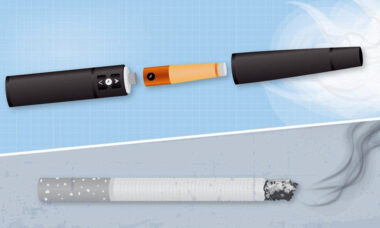
Strict regulation can aid development, says harm reduction expert
7th November 2018 - News analysis |
Tight regulation doesn’t necessarily hamper product development, and stricter requirements could even help, according to the technical director of British tobacco harm reduction specialist Kind Consumer




















































